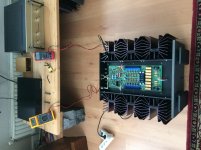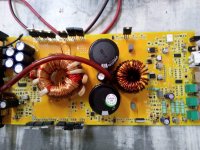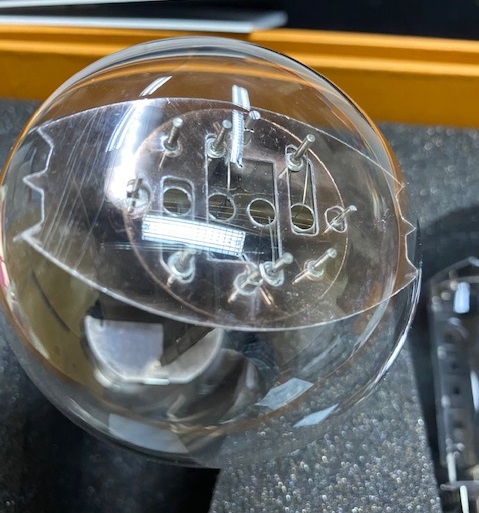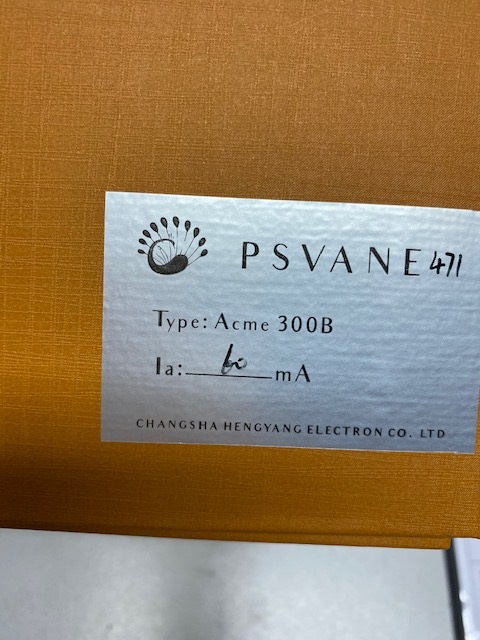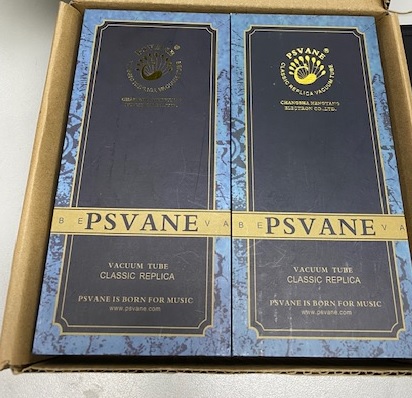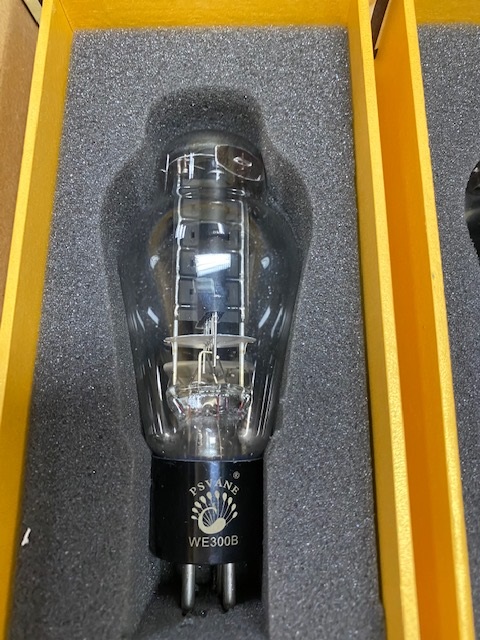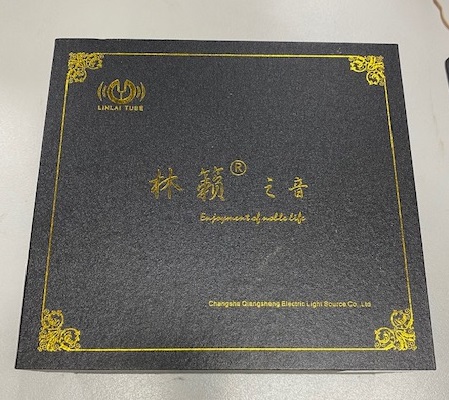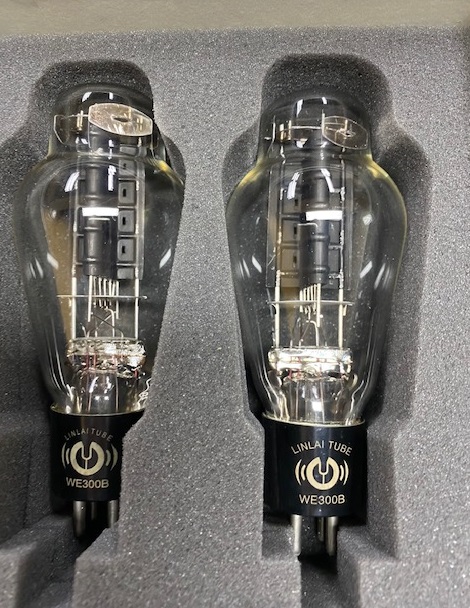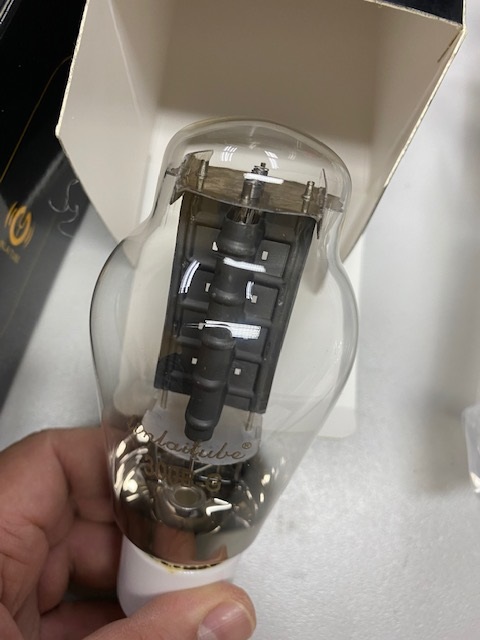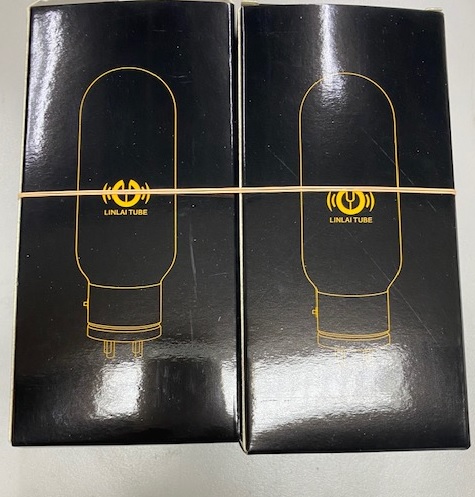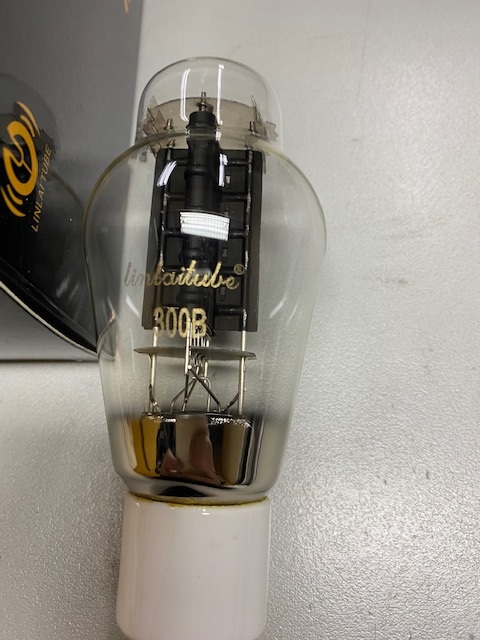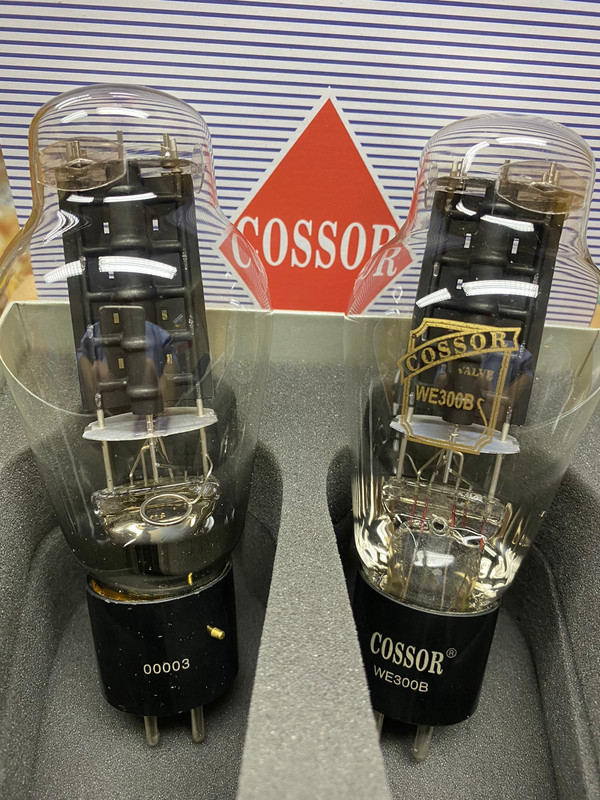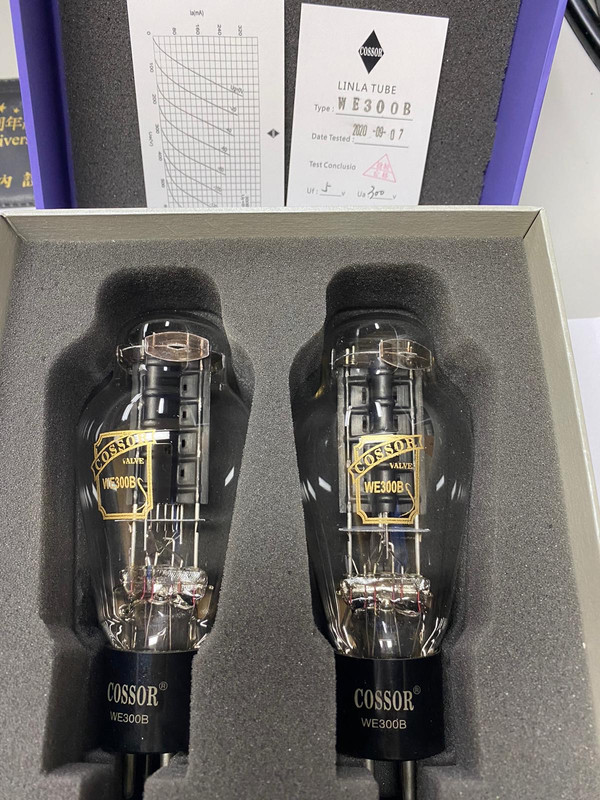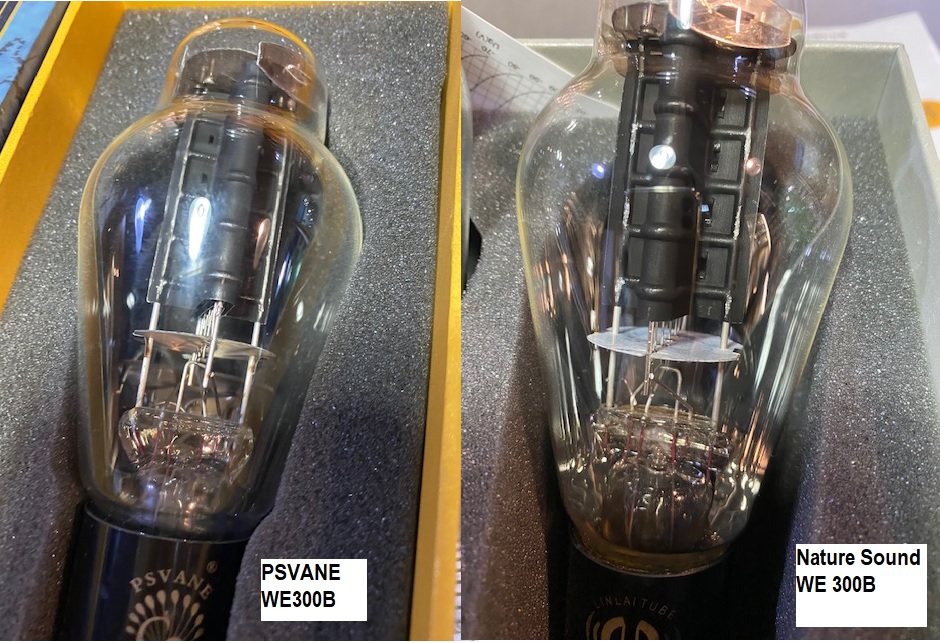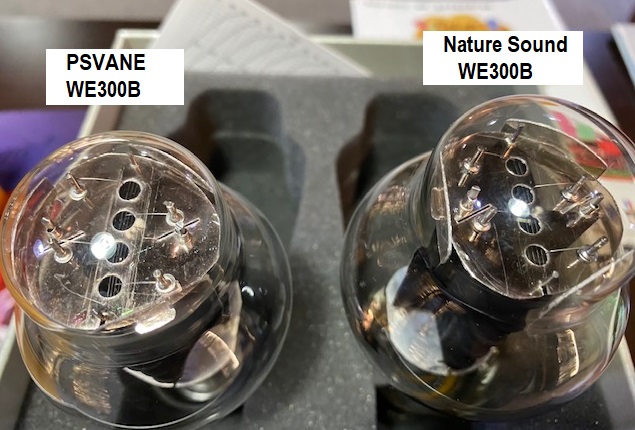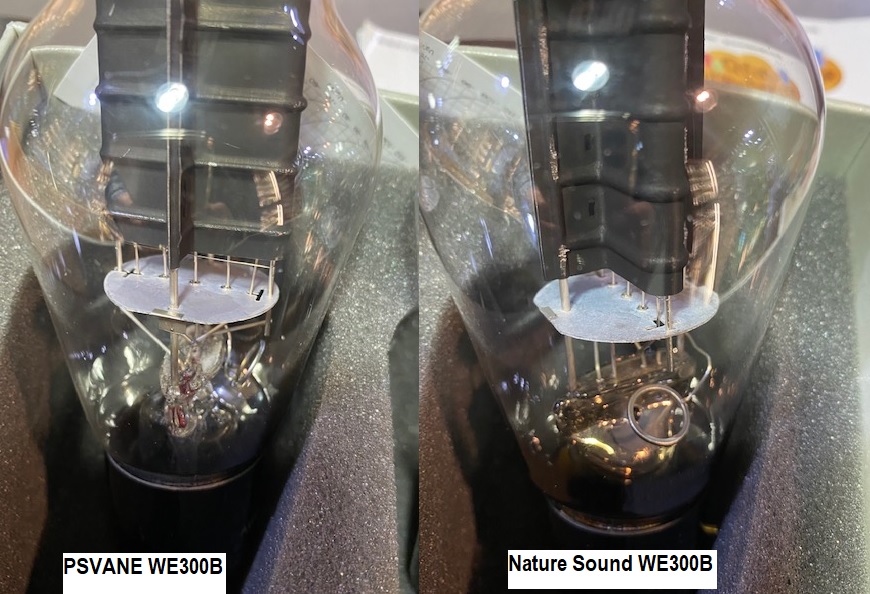This is my very first tube build ever. And I can't believe I did it!!
I'm only 22 years old, so I'm very young and new to this Tube design thing.
I have learned so mutch and now I'm addicted....
Now I can say without a doubt in my mind that my scratch built 6L6 Push Pull Stereo Tube Amplifier is finally complete with proper voltages and all!! All recycled parts. Stuff I found in parts boxes, ect. I paid nothing for the sound this amp puts out!
White steel Chassis was from head crashed 1980s hard drive
😉 I drilled out by hand using just a hand drill and lots of time. As I have no punches...... yet
🙂 but It kind of ended up with a "Utilitarian Vibe" which I really like.
Wiring is never final. Odds are I will never stop fiddling with this amp.
Running perfectly now at a proper on the dot, 450VDC on B+. 6L6/6P3s at 45Ma! And don't you go and say I'm exceeded the 6P3s tube specs. Most of you well know the 6P3s are touph as nails and perform well beyond listed specs. These ones I ran on my ST-70 for many months nonstop biased as if they where El34s.
Theoretically I could use the entirety of all my unused taps. And get B+ past 700V or even more if I ever needed too.
EL34s bias up and run great!! Look great!!
But I feel they don't sound quiet right with these little output trannies. Ile stick with 6L6 variants on the 6.8Kohm OPTs. And leave the EL34s too my Dynaco.
I can always swap OPT later I guess. They are very undersized anyhow and have 1x 8ohm tap. Bass could go a little deeper I think too. A slight LF rolloff for sure.
Everything else is glorious!!! Low mids/Mids are liquid gold!! The highs are actually mutch better than my early and stock Dynaco ST-70.
Very extensively detailed high end. Mabye due to 12AT7 variant Drivers, I'm not sure. But theirs a slight rolloff on my Dynaco in comparison using 6U8/7199 variants Compared to my DIY amp.
I also tried 6SN7 with an adapter. I have 2x entire Nos RCA Sleeves of short 6SN7 and Long 6SN7 I've never heared before. But it turns out 6SN7 sounds mutch better than 12AU7s in my opinion in this postion.
Something else ove noticed is how changing the driver tubes changes Feedback intensity on this amp as the resistor does 2x different things. A good way to "tune" the sound by changing tubes I guess.
I'm not upgrading that Dynaco in the video to the VTA so don't even mention it. It's a relic of time! Even with the slight high Fr rolloff. I enjoy it so mutch as is anyhow.
Anyway...
Their are 3x Total power transformers in it to get what I needed for current and voltages. Haha. But it's just about dead silent, I can't belive it. I do hear a very tiny "teensy" buz if I have my ear up to the tweeter. But only if my ear is litteraly an inch away with zero signal.
I Don't even have a choke yet, or proper capacity filter capacitors which I'm waiting for and are pretty mutch the only components I'm paying for. So this very well could just be DC not being smoothed out enough. Once I get my capacitors, and some other components ile be checking all that with my Oscilscope to "hone in" on the power supply. I'm not going to fine tune something I don't "quiet" have the parts for yet.
I have so many unused taps I could implement later on! I could get over 700V if I ever needed too. Many unused Fillament and HV taps.
Mabye a power light. Or tube VU meter. Idk yet.... any ideas? Also, I have no idea what I'm going to use as a bottom/side cover....
I have no way to accurately measure the output power. But if I had to guess. 20-25W-ish per channel
Lots of tools I will deffinitly be needing which will make my tube journey mutch easier!!
Song is "Chasing Cars By Snow Patrol". And driver tubes are RCA 12AT7s Black Plates Military.
I based my drivers and output stage on this schematic. But everything but the driver stage has been heavily changed for my own needs.
the Scheme for the drivers, feedback/bias is super weird....It's like that feedback resistor is doing double duty!! Interesing, but it works!!!
DIY AUDIO PROJECTS - Do-It-Yourself Hi-Fi for Audiophiles
DIY 6L6 Stereo Tube Amplifier Sound Demo. Ohm Walsh 2XO Upgraded drivers! - YouTube
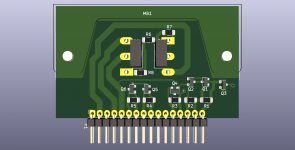
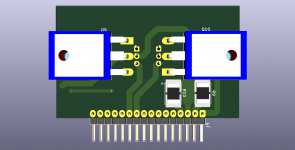


 and sorry again for the long message
and sorry again for the long message











